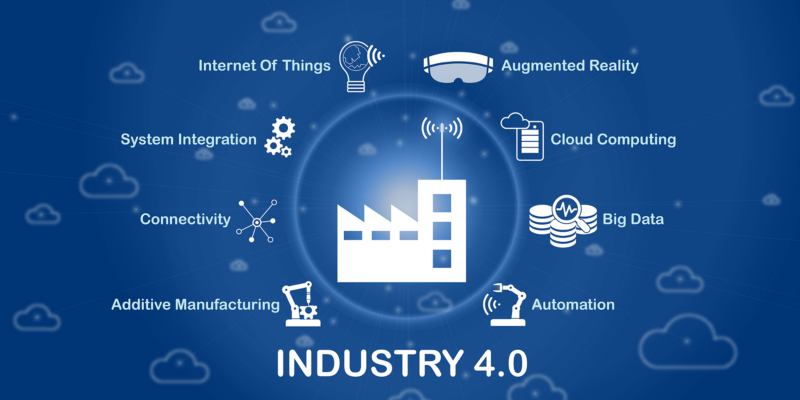The Fourth Industrial Revolution (4IR) is reshaping industries, economies, and societies at an unprecedented pace. At the 2025 Cyber Fraud Summit, Dr. Chinofunga Shakemore delivered a compelling presentation on traditional ICTs, fourth industrial revolution and cloud computing, highlighting the transformative power of cloud computing and its role in modernising businesses and governments.
The strategic migration to cloud computing is a cornerstone for scalability, efficiency, and competitiveness in the 4IR era.
Dr. Chinofunga opened his presentation with a bold declaration, “Data is the new oil”, capturing the immense value of data in driving innovation, decision-making, and economic growth. He noted that six of the top ten billionaires in 2025 amassed their fortunes through technology, unveiling the sector’s dominance.
By Gamuchirai Mapako
The exceptions Arnault (luxury goods), Warren Buffett (investments), Gautam Adani (infrastructure), and Mukesh Ambani (oil) are testament that even traditional industries must now integrate digital strategies to remain relevant.
For tech companies, this means prioritising data-driven architectures and cloud-based infrastructures to harness the full potential of their information assets.
The 4IR, characterised by artificial intelligence (AI), IoT, and advanced robotics, relies heavily on cloud computing as its backbone. Dr. Chinofunga emphasised that AI is the DNA of the 4IR, a sentiment echoed by several other thought leaders like Dr. Whisper Rukanda However, AI’s effectiveness depends on scalable, secure, and interoperable cloud systems.
Strategies for migrating applications to the cloud, as outlined by AWS:
- Rehosting (“Lift-and-Shift”): Moving monolithic applications to cloud instances (e.g., AWS EC2).
- Replatforming (“Lift-Tinker-and-Shift”): Migrating databases to scalable solutions like Amazon RDS.
- Repurchasing: Adopting SaaS products (replacing legacy systems with modern payment processors).
- Refactoring/Re-architecting: Breaking applications into microservices (Kubernetes deployment).
- Retiring: Decommissioning obsolete tools.
- Retaining: Temporarily keeping certain systems on-premises due to compliance.
Cloud eliminates upfront hardware costs and reduces operational overhead and businesses can dynamically adjust resources based on demand. Cloud providers offer robust backup solutions, ensuring business continuity.
Failure to innovate exemplified by Kodak’s downfall despite inventing the digital camera could doom even industry giants.
Traditional data centres are energy-intensive, requiring cooling systems (HVAC) and frequent hardware refreshes. In contrast, cloud data centres are 3 to 5 times more energy-efficient than traditional setups, leveraging renewable energy and hyper-efficient architectures.
The transition to cloud computing is not a choice but a necessity for businesses aiming to thrive in the 4IR. From cost savings and scalability to environmental benefits and competitive edge, the cloud is the foundation of modern enterprise.
Tech companies and policymakers must therefore prioritise cloud migration using strategic frameworks, invest in up-skilling to harness cloud and AI technologies and collaborate across the global south to share knowledge and accelerate digital transformation.
As the 4IR unfolds, organisations that heed these insights will lead the charge into a resilient, data-driven future. Those that delay risk becoming the next Kodak—a cautionary tale in the annals of technological evolution.















Comments